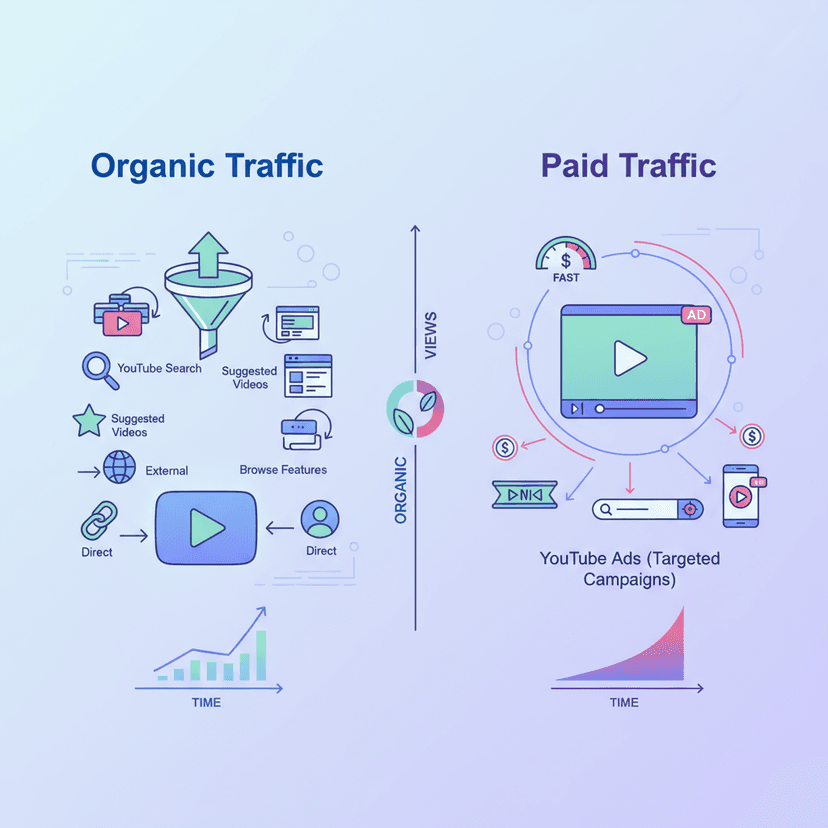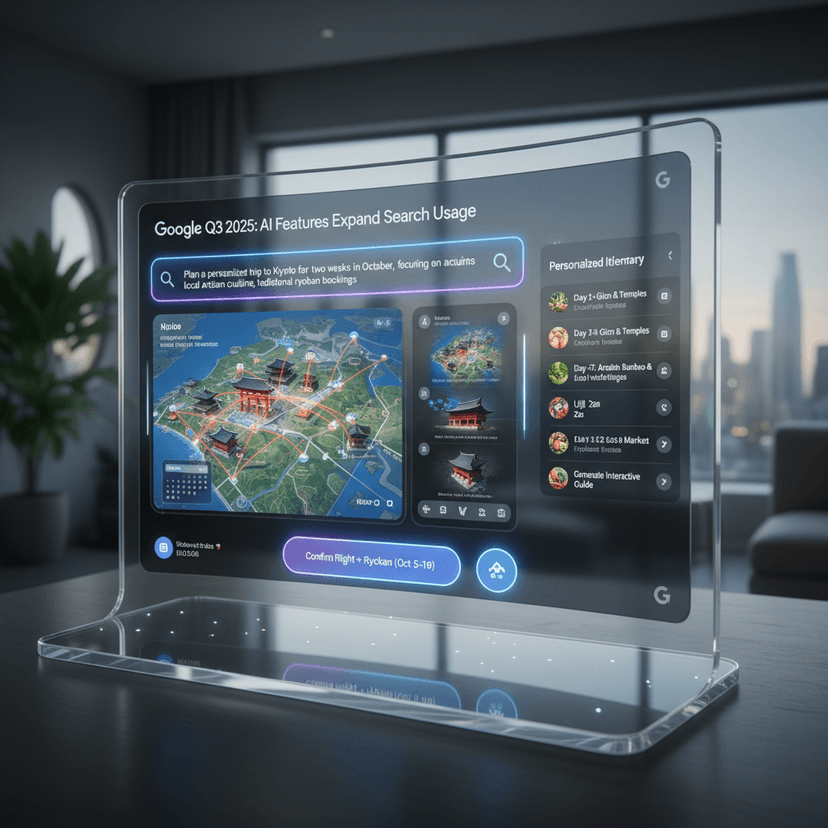Every digital marketer is likely familiar with running PPC (Pay-Per-Click) advertising campaigns on Google or other search engines, whether it’s for their own business or for clients. However, many people focus too much on metrics like CTR or Search Impression, forgetting about the overall business goals, which are just as important for a successful advertising campaign.
Why Align PPC Campaigns with Business Goals?
First, let’s understand what PPC means. PPC stands for Pay-Per-Click, an online advertising model where advertisers pay when someone clicks on their ad, such as ads on Google, Facebook, or other platforms. This allows brands or businesses to reach their target audience accurately and measure results effectively.
However, many marketers who run PPC campaigns often get caught up in managing campaigns or measuring metrics, forgetting to consider whether what they’re doing truly addresses the client’s needs. Sometimes, clients don’t clearly communicate their requirements, leading to misunderstandings and misdirected work.
To solve this problem, let’s look at 5 ways to ensure your PPC campaigns align with your business goals.
1. Align Advertising Campaigns with Business Goals
First and foremost, before starting any campaign, it’s crucial to clearly understand the business goals. You can start by answering questions like:
Answering these questions will help marketers develop targeted and effective advertising strategies.
2. Research Channels and Target Audiences
Once you know the business goals, the next step is to research which channels and audience types best meet those goals, considering the advertising budget available.
For example, if we’re a new insurance company with a limited budget, we might want to build brand awareness (primary goal) and find initial leads (secondary goal). Instead of using Meta Ads and Google Search Ads, which have high competition and expensive CPC/CPM rates, we could choose YouTube Ads instead, as they’re suitable for long video content that explains products and isn’t as boring as reading text. Plus, the target audience is more likely to engage on this platform.
3. Develop a Comprehensive Measurement Strategy
Once you’ve agreed on the primary and secondary goals, identify what needs to be tracked for each objective, such as:
- If the primary goal is to increase sales, install revenue tracking to optimize and measure results.
- If the secondary goal is to acquire new customers, track user acquisition from both sales platforms and advertising.
- For building brand awareness, it may be difficult to measure directly. You might need to discuss with the team which metrics to use, such as Clicks, Sessions, Reach, or Impressions, or even delve into analyzing Direct Traffic Growth.
4. Reporting
Once you have clear goals and measurement methods, reporting should reflect these transparently and understandably. Whether it’s the CEO, CFO, or marketing team, everyone should understand and interpret the report in the context of the agreed-upon goals.
We recommend using a real-time dashboard to allow stakeholders to view data at any time. It should display KPIs agreed upon for each campaign and relevant metrics.
5. Consistent and Structured Communication
Good reporting is only as good as having a structured communication foundation. This applies to internal team communication or communication with clients we’re running ads for. Here are some recommendations:
- Provide monthly reports with explanations and analysis of the results.
- Communicate with the marketing team regularly, every week or two weeks.
- Conduct quarterly and annual reviews to gain an overview of progress towards business objectives.
- Involve the Sales team and other relevant teams in reporting meetings to discuss overall strategy and plan for the future.
Consistent communication helps you adjust strategies promptly when business goals change. For example, in the case of the insurance company we mentioned earlier, after running ads for a year, brand awareness may increase and a number of quality leads may be found. From market analysis, the average CPC has decreased by 30% because several competitors have exited the Search Ads competition. The business may then shift the primary objective to increasing the number of leads and building brand awareness as a secondary goal, requiring adjustments to the advertising campaign.
In conclusion, aligning PPC campaigns with business goals is essential for maximizing advertising effectiveness. It requires clear communication, comprehensive measurement, transparent reporting, and rapid adaptation to changing market conditions.
Additional Techniques for Aligning PPC Campaigns with Business Goals
Besides the 5 main techniques we’ve discussed, there are additional tips that can help your PPC campaigns succeed even more.
- Understand the Customer Journey – Study customer decision-making processes in detail to ensure your campaign covers all key touchpoints, from building awareness to making a purchase.
- Leverage Insights – Analyze data from various sources together, whether it’s from Google Analytics, CRM, or other platforms, to gain a clearer picture.
- Test and Learn Continuously – Experiment with new strategies systematically and measure results thoroughly to continuously improve your campaigns.
- Prioritize Landing Page Quality – Even if the ad is good, if the landing page doesn’t meet expectations, it will be difficult to achieve business goals. Therefore, ensure the landing page aligns with the campaign’s objectives and provides a good user experience.
- Consider Using AI and Machine Learning – These technologies can help optimize campaigns in real-time and predict consumer behavior more accurately.
- Balance Short-Term and Long-Term Goals – While short-term goals like increasing sales are important, don’t forget to invest in things that create long-term results, such as building a brand.
By adhering to these principles, we can create PPC campaigns that not only effectively generate conversions but also drive businesses to achieve their key goals. Whether you’re a PPC novice or a seasoned professional, applying these principles will elevate your campaigns and create value for your business. The key thing to remember is that the success of PPC advertising isn’t measured solely by click or CTR numbers, but by achieving business goals.
About Relevant Audience
We are Relevant Audience, a Digital Performance Marketing Agency specializing in SEO and one of the leading Digital Agencies offering comprehensive digital marketing services to support businesses in reaching their target audiences at the right time, place, and device.
Our services cover everything from SEO services, Search Marketing, Social Media Ads, Search Ads, to Influencer Marketing, and we are also a SEO Company that is a Google Partner. Our team consists of specialists ready to provide consultation and find solutions that meet business needs.
Contact us for more information and consultation on online marketing
Tel: 02-038-5055
Email: info@relevantaudience.com
Website: www.relevantaudience.com







